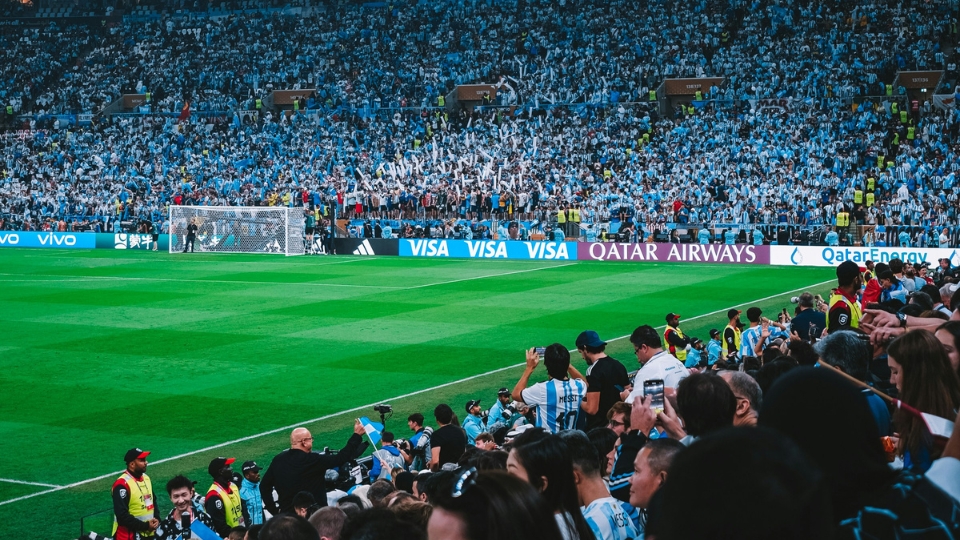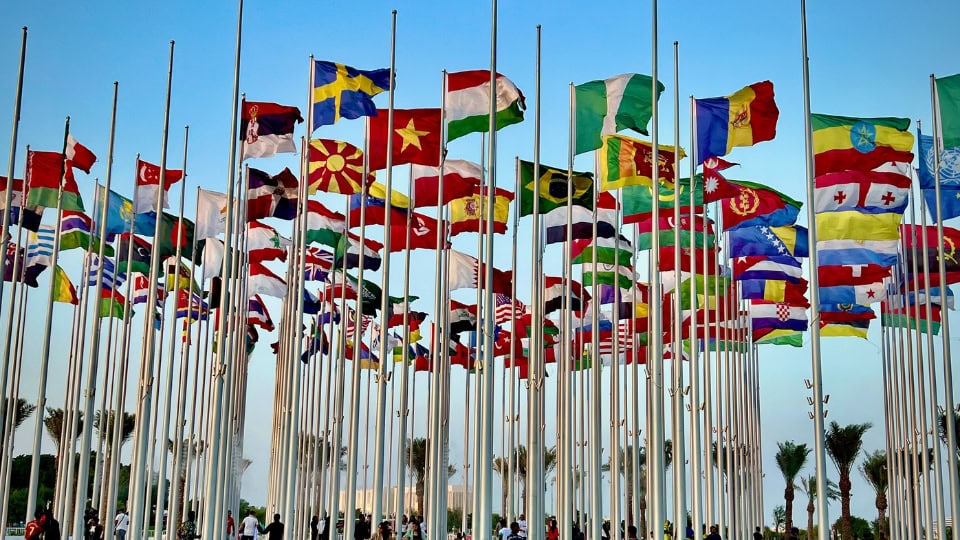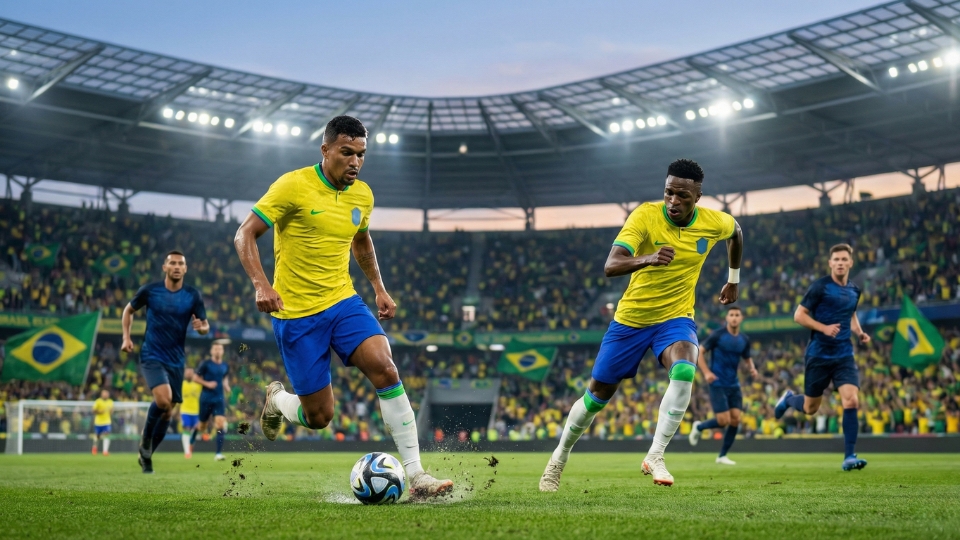The World Cup is entering a new era. In 2026, the tournament expands from 32 to 48 teams, introducing a broader structure that reflects the global growth of football. In this article, you’ll learn how the new format works, which federations gained more qualification slots, and why this evolution represents a celebration of diversity, inclusion, and opportunity in the world’s most beloved sport.

- 48 teams (up from 32)
- 12 groups of 4 teams
- 32 teams advancing to knockouts
- 104 matches in total
The format also ensures more competitive games, reducing the risk of early eliminations and giving fans more moments to experience their national teams on the grand stage.
| Confederation | Previous Slots | 2026 Slots | Change |
|---|---|---|---|
| Africa (CAF) | 5 | 9 + 1 playoff | +4 |
| Asia (AFC) | 4.5 | 8 + 1 playoff | +3.5 |
| North, Central America & Caribbean (CONCACAF) | 3.5 | 6 (plus 3 hosts) + 2 playoffs | +2.5 |
| South America (CONMEBOL) | 4.5 | 6 + 1 playoff | +1.5 |
| Oceania (OFC) | 0.5 | 1 + 1 playoff | +0.5 |
| Europe (UEFA) | 13 | 16 | +3 |
For the first time, Oceania is guaranteed a place in the tournament, Africa and Asia nearly double their representation, and even Europe gains additional seats to reflect its deep competitive depth.
Every confederation will now have at least one guaranteed place at the World Cup, a symbolic but significant step for true global inclusion


